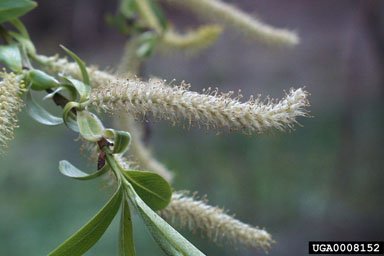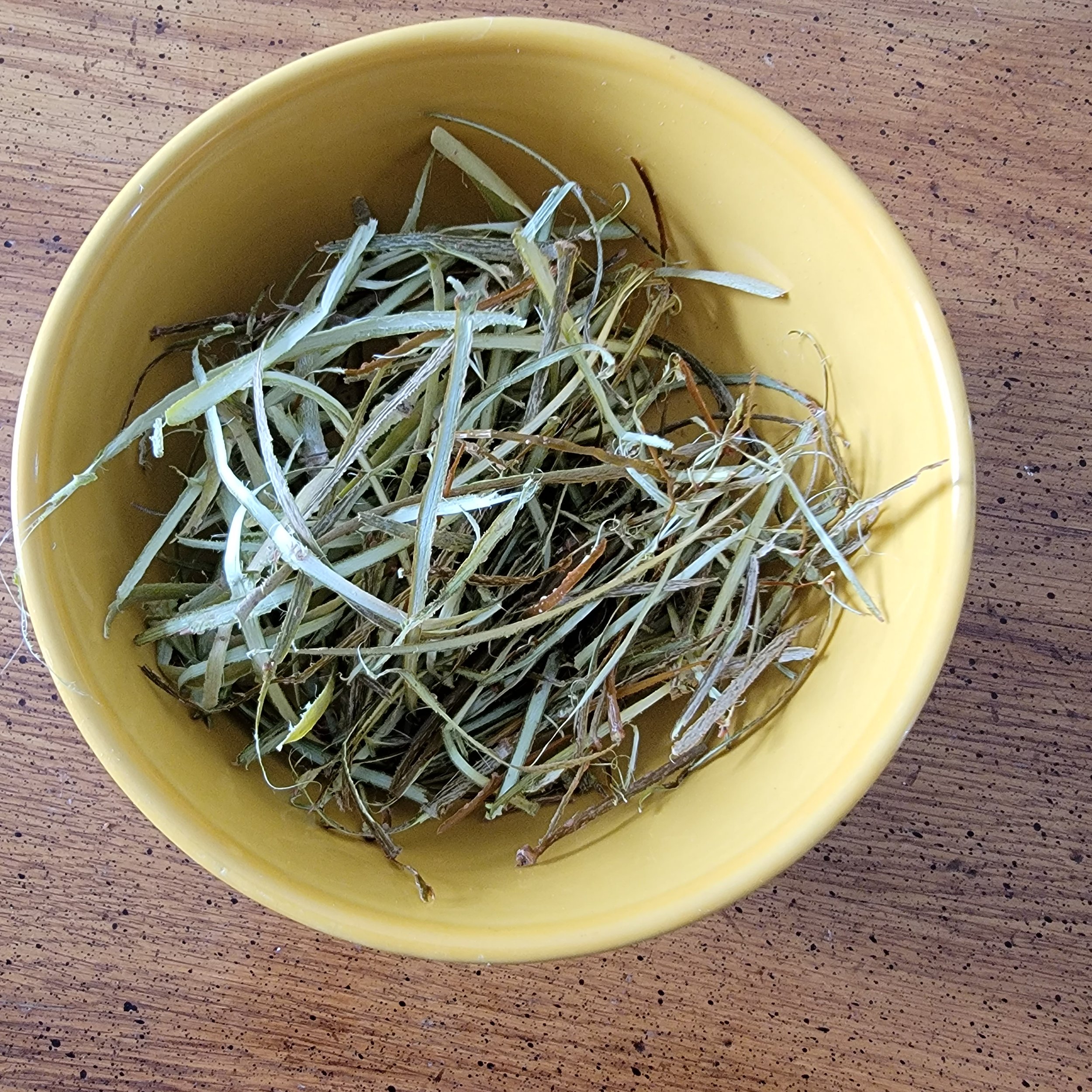**Do not consume anything from the wild that a professional has not verified or accurately identified. Always be sure of the identification of the plant/fungi before consuming and avoid foraging in potentially contaminated areas. Misidentification can lead to serious illness or even death. Also, be sure to check local regulations and do not take more than you need.
Minnesota Master Naturalist Submission: Cheryl Batson
Willow bark from Salix varieties contains salicin which is a chemical similar to aspirin. In fact, initially, aspirin was derived from willow. Some of the cultivars of willows contain less salicin than the non-Salix varieties. Native Americans used to cut off willow bark and chew the inner bark as a pain reliever and to reduce inflammation. It can be used in the same way today. Willow bark can also be harvested to make tea.
Willows can be harvested any time of the year, though the highest concentration of salicin is in mid-March when the sap is flowing and before the leaves emerge. This is like maple syrup season in March in Minnesota when temperatures are above freezing during the day and below freezing at night. The catkins will emerge on the bark just before the leaves emerge. This is the ideal time to harvest. You can check your catkin identification skills using mnwildflowers.info. Or you can wait until the leaves emerge to confirm willow with more certainty and identify a patch for harvesting next year!
Look for willows in sunny locations near bodies of water. The younger stems tend to be long, thin, and flexible. The leaves are long and spear-like. The stems can be yellow, green, or red.
A landscape tree that looks like willow is the Weeping Green Laceleaf Japanese Maple. It has a serrated edge to the leaf, which is absent from the largely smooth-edged willow varieties. This maple tree is not common on Minnesota’s landscape.
To harvest willow bark, choose young branches and cut off at a node to ensure the branch can regrow. Harvest two or three branches per Salix bush or tree to be sustainable. Then strip down to the inner bark layer. Consider using a potato peeler rather than a knife.
To make willow tea you need about 2 teaspoons of bark per cup of water. You place the bark in a tea ball or add it to water and strain after steeping. Boil the water and bark for 10 minutes and then let sit for 30 minutes. Consider adding about 2 teaspoons of cinnamon and half a teaspoon of honey per cup of tea. Maybe add a dash of turmeric. If you want the effectiveness of a couple aspirin equivalent, drink about a liter of tea. Children, anyone taking blood thinners, anyone with gastrointestinal issues or a history of bleeding, and breastfeeding or pregnant women should refrain from drinking willow tea. Consult with your doctor before drinking this tea.
Photos by Cheryl Batson and from Bugwood.org.



